Weed Identification and Control
Welcome to our latest post on the essential topic of weed identification and control, tailored specifically for Australian gardens and lawns. Whether you're a seasoned gardener or just starting out, understanding the types of weeds that invade your green spaces and knowing how to effectively manage them is crucial for maintaining a healthy and beautiful lawn. In Australia, where the climate can vary dramatically from one region to another, weeds can be particularly resilient and troublesome. In this post, we’ll dive into the most common invasive weeds found across the Australian landscape, provide you with detailed identification tips, and discuss the best methods to control these unwanted visitors without harming your lawn or the environment. Let's get your lawn back to its pristine condition!
Purslane (Portulaca oleracea)
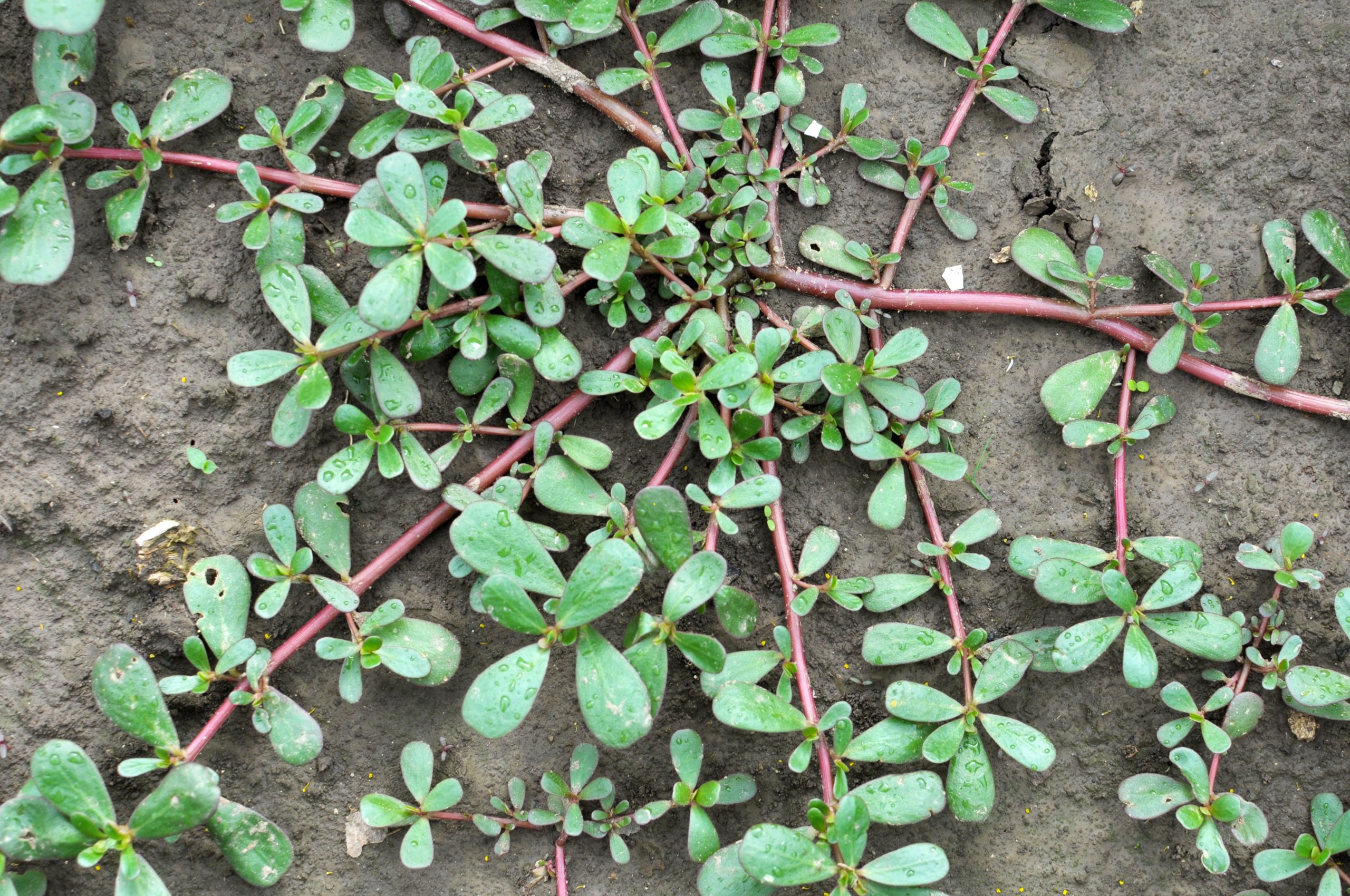
Description: Purslane is a fast-growing herbaceous annual with succulent leaves and stems. Even the oblong cotyledons (seed leaves) are succulent. The multiple smooth, reddish stems originating from a single taproot are mostly prostrate, forming a mat covering up to 3 feet in diameter.
Bindi (Broadleaf Weed)
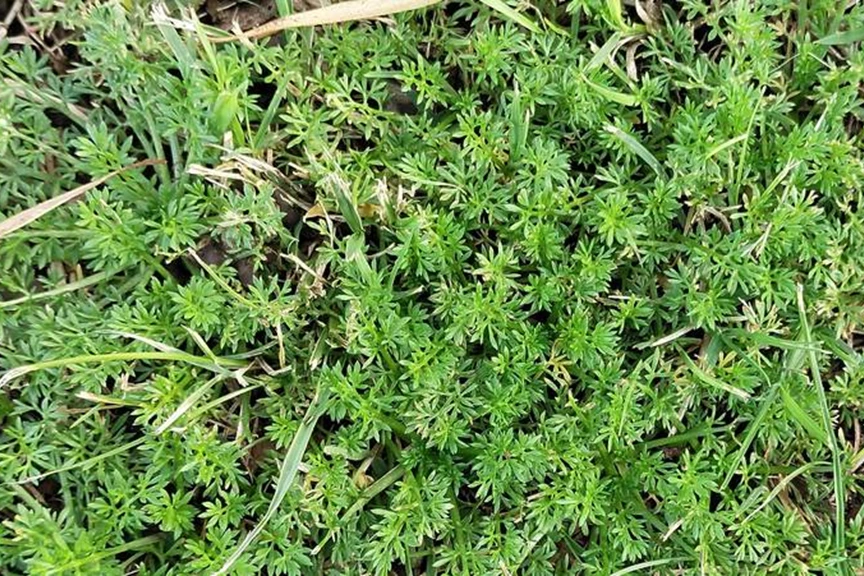
Description: Bindii - also called Jo-Jo Weed or Onehunga - is a low-growing, spreading weed. Fern-like leaves (similar to carrot leaves) are attached to stems which grow from the centre in a rosette form. Plants generally grow 4 cm in diameter and are covered in fine hairs. Flowers are very small (3 mm) and are a greenish-yellow.
Paspalum (Dilatatum Poiret)
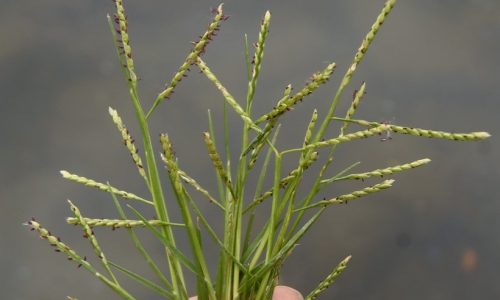
Description: Paspalum (Paspalum dilatatum Poiret) is a tufted, rhizomatous, perennial, summer-growing grass with leafy shoots coming from a central crown. Purplish-green spikelets are borne on one side of the 2-10, finger-like seed branches.
Clover (Broadleaf Weed)
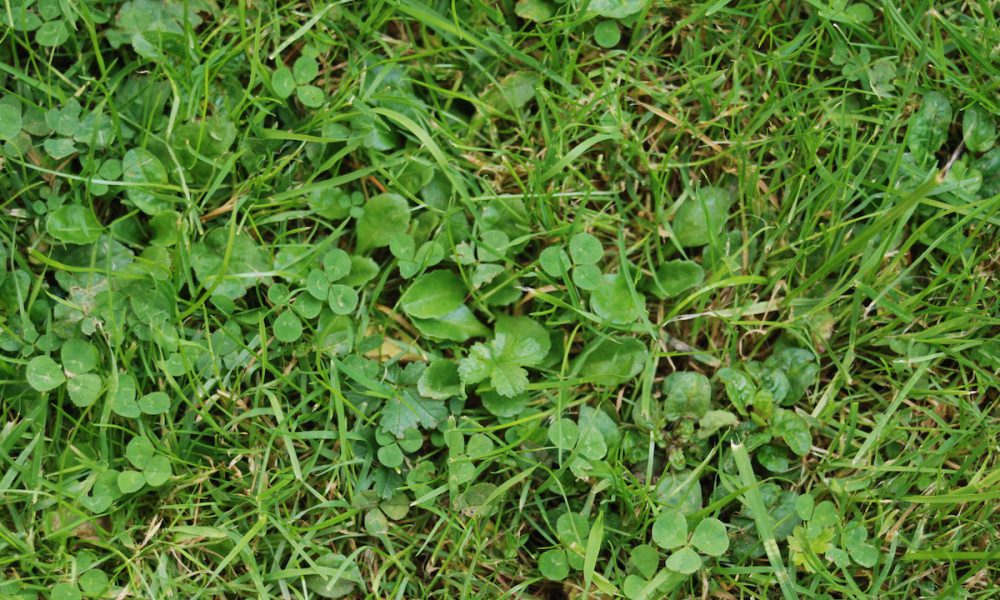
Description: Clovers are generally short-lived herbs and feature alternate compound leaves, usually with three toothed leaflets. The very small, fragrant flowers are crowded into dense, nearly spherical heads, or spikes and can be white, pink, red, or yellow. The small, dry fruits usually contain one or two seeds.
Lambs Tongue (Plantain)
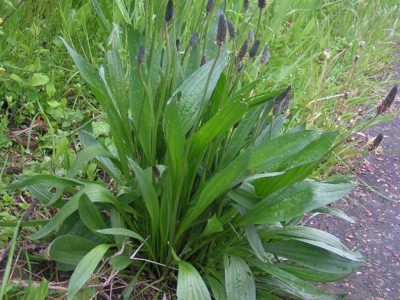
Description: Lamb's tongue weed, or Plantago major, is a broadleaf weed with oval-shaped leaves arranged in a rosette. It features fuzzy-textured leaves and inconspicuous flowers on tall stems. Resilient and adaptable, it's commonly found in lawns and disturbed areas.
Catsear (Hypochaeris radicata)
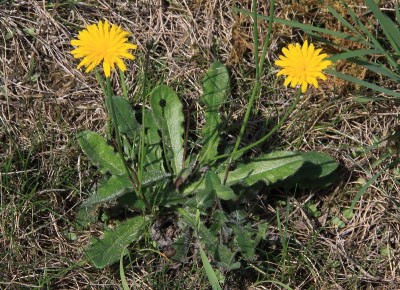
Description: Catsear, also known as Hypochaeris radicata, is a low-growing perennial weed with basal rosettes of lance-shaped leaves featuring serrated edges. It produces bright yellow, dandelion-like flowers on tall stems. Often found in lawns and fields, catsear competes with desirable plants for resources.
How Weeds Spread
Seeds: Many weeds reproduce prolifically through seeds, which are often dispersed by wind, water, animals, or human activities. These seeds can travel long distances and germinate in new locations, contributing to weed infestations.
Rhizomes and Stolons: Some weeds, like certain grasses and perennial plants, spread through underground rhizomes (horizontal roots) or above-ground stolons (runners). These structures can send out new shoots, allowing the weed to spread rapidly and colonize new areas.
Rhizomes and Stolons: Certain weeds, especially those with fleshy roots or tubers, can regrow from small root fragments left in the soil. Even a tiny piece of root remaining after cultivation or removal can lead to the regeneration of a new weed plant.
Vegetative Propagation: Some weeds, like certain vines or creeping plants, can propagate vegetatively from stem fragments or nodes. These fragments can take root and establish new plants, aiding in the spread of the weed.
Animal Dispersal: Animals can inadvertently spread weed seeds by carrying them on their fur, feathers, or in their digestive systems. When animals move from one area to another, they can deposit seeds in new locations, facilitating weed spread.
Human Activities: Human actions, such as tilling soil, mowing lawns, or transporting contaminated soil or plant material, can also contribute to the spread of weeds. Weeds may hitchhike on gardening tools, equipment, vehicles, or clothing, allowing them to move between gardens, fields, or landscapes.
Prevention Methods:
Another method to stop certain types of weeds from emerging altogether exists.
Oxafert, a pre-emergent herbicide, specifically targets weed seeds before they can establish. By creating a barrier at the soil's surface, it inhibits the germination of new seedlings. Pre-emergents such as Oxafert are effective in preventing the growth of Winter Grass, Summer Grass, Crowsfoot, and Crab Grass.
Pre-emergent herbicides should be applied during the transition to mid to late Autumn or when temperatures begin to decline in your area. This timing coincides with the germination of seasonal winter weed seeds already present in the soil.
This is usually done by using a premixed or adding a concentration to a spray bottle of water, and then applying an even coat to your entire lawn. Some people like myself get lazy and think they can do a perfect even coat the whole way which doesn't always work. So therfore I would highly recommend adding a lawn dye to your mix which will fade away with time and allow you to see exactly where you have sprayed.
Weed Removal:
There are several methods for weed removal, including spot treatments, selective herbicides, organic approaches, and hand pulling. Each method has its own advantages and disadvantages.
Hand Pulling
Personally, with my relatively small yard, I prefer to inspect my lawn on weekends and manually remove any weeds I encounter. Having a weed pulling tool handy makes this task easier. The key to successful hand pulling is ensuring you have something to immediately dispose of the pulled weeds and that you remove the entire root. Failing to do so may result in regrowth, depending on the weed type. If I accidentally miss the entire root, I use a small handheld sprayer with a minimal amount of Roundup directly on the remaining root. It's crucial not to allow the Roundup to drip onto the surrounding lawn, as it can cause damage.
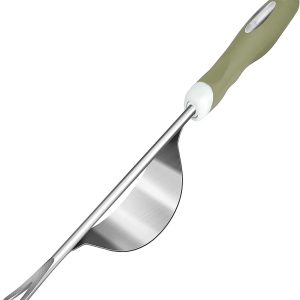
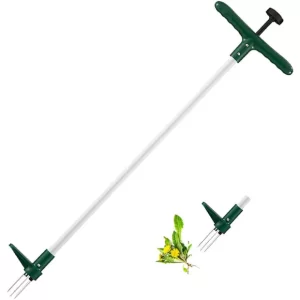
Organic Methods
When it comes to organic weed control methods, they often lack effectiveness and can inadvertently damage your grass, as they aren't selective herbicides. These methods include spraying vinegar, pouring boiling water, applying salt, and even using rubbing alcohol. While these alternatives are safe, they might not guarantee complete eradication of weeds and could potentially harm the surrounding grass.
Selective Herbicides
Finally, selective herbicides or spot treatments offer another approach. As mentioned earlier, carrying a spray bottle of Roundup provides a nearly 100% chance of killing encountered weeds, but it will also affect grass. If Roundup is your only option, it's best to focus solely on weeds and keep the spray close to the ground to avoid overspray onto the grass. However, if you have access to selective herbicides, typically found at local garden stores, they are the preferable choice.
These herbicides target specific enzymes within weeds, disrupting their essential processes. Enzymes act as catalysts in cellular reactions, allowing complex chemical processes to occur. If you're unsure which herbicide to choose, seek assistance from store attendants; showing them pictures can help them understand your needs better. The best part is that selective herbicides pose little to no harm to your grass, although minor damage may occur. Simply continue with regular mowing after the weeds have died, followed by a good watering, and everything should be fine.
Summary:
In conclusion, by understanding weed characteristics, spread methods, and effective control options, you can maintain a healthy landscape. Whether through manual, mechanical, or chemical means, there are various ways to manage weeds. Implementing preventive measures like proper lawn care and regular inspections helps minimize weed growth. By staying informed and proactive, you can create a beautiful outdoor space that thrives with minimal weed interference.